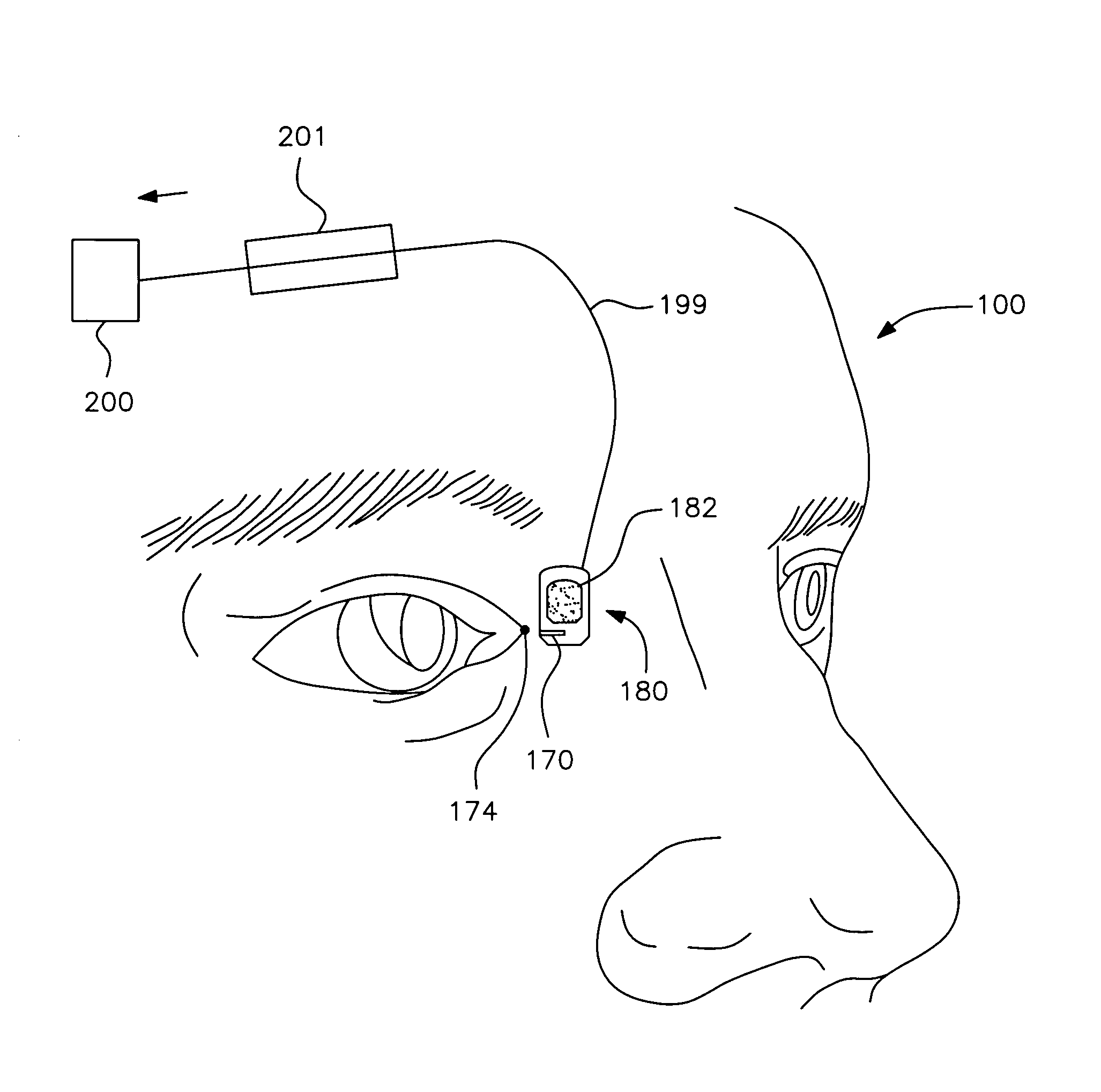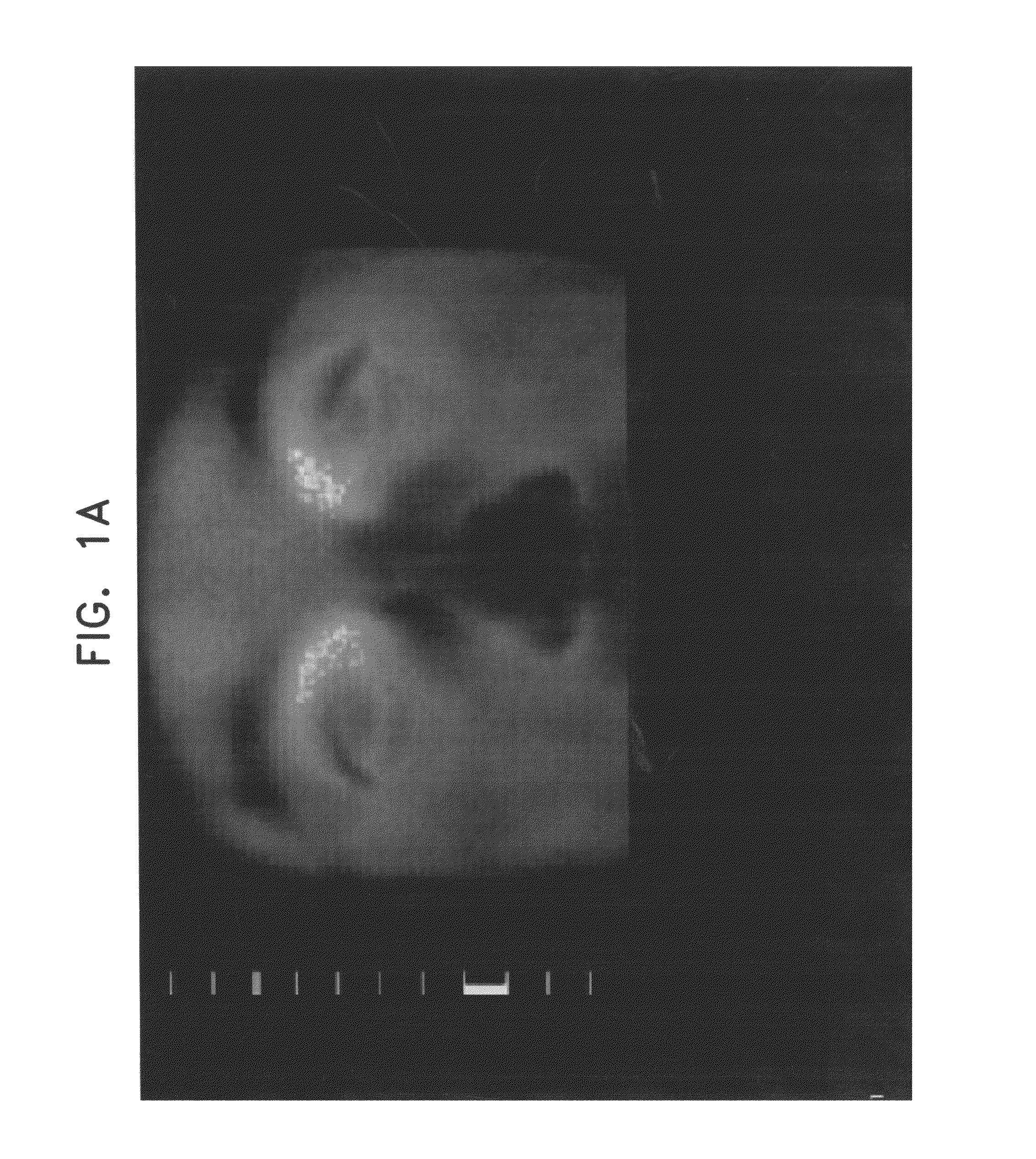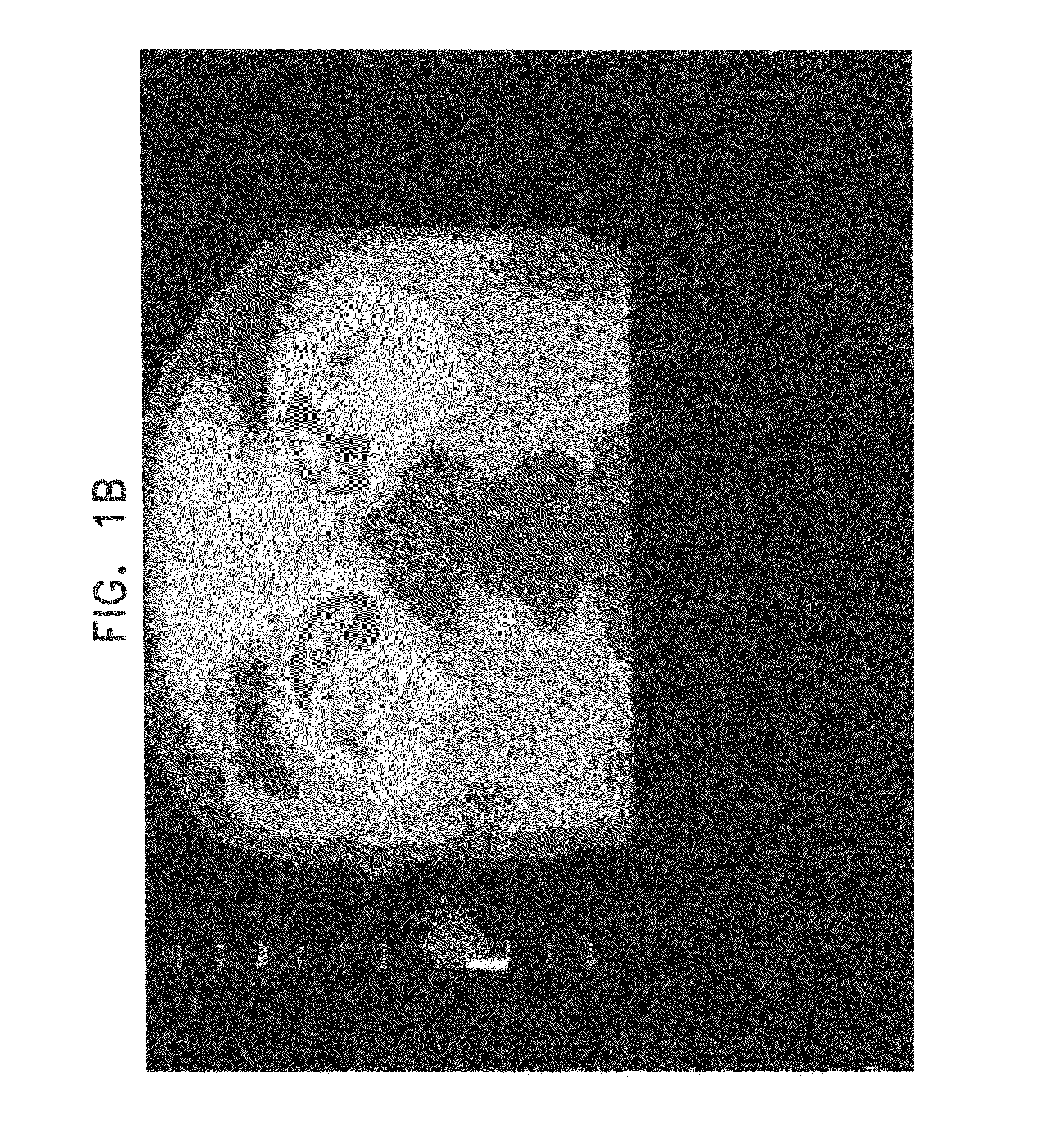Apparatus and method for measuring biologic parameters
a technology of biologic parameters and apparatus, applied in the direction of optical radiation measurement, diagnostics using spectroscopy, instruments, etc., can solve the problems of inability to provide inability to deliver clinical usefulness, and difficulty in providing continuous monitoring for long periods of time, so as to avoid dehydration or overhydration, increase the effect of performance and safety
- Summary
- Abstract
- Description
- Claims
- Application Information
AI Technical Summary
Benefits of technology
Problems solved by technology
Method used
Image
Examples
Embodiment Construction
[0433]In describing a preferred embodiment of the invention illustrated in the drawings, specific terminology will be resorted to for the sake of clarity. However, the invention is not intended to be limited to the specific terms so selected, and it is to be understood that each specific term includes all technical equivalents which operate in a similar manner to accomplish a similar purpose.
[0434]FIG. 1A shows a thermal infrared image of the human face showing a physiologic tunnel. The figure shows an image of the end of the brain temperature tunnel (BTT) depicted as white bright spots in the medial canthal area and the medial half of the upper eyelid. The end of the BTT on the skin has special geometry, borders, and internal areas and the main entry point is located on the supero-medial aspect of the medial canthal area diametrically in position with the inferior portion of the upper eyelid and 4 mm medial to the medial corner of the eye. From there the boundary goes down in the m...
PUM
| Property | Measurement | Unit |
|---|---|---|
| thermal energy | aaaaa | aaaaa |
| temperature | aaaaa | aaaaa |
| body surface temperature | aaaaa | aaaaa |
Abstract
Description
Claims
Application Information
 Login to View More
Login to View More - R&D
- Intellectual Property
- Life Sciences
- Materials
- Tech Scout
- Unparalleled Data Quality
- Higher Quality Content
- 60% Fewer Hallucinations
Browse by: Latest US Patents, China's latest patents, Technical Efficacy Thesaurus, Application Domain, Technology Topic, Popular Technical Reports.
© 2025 PatSnap. All rights reserved.Legal|Privacy policy|Modern Slavery Act Transparency Statement|Sitemap|About US| Contact US: help@patsnap.com



